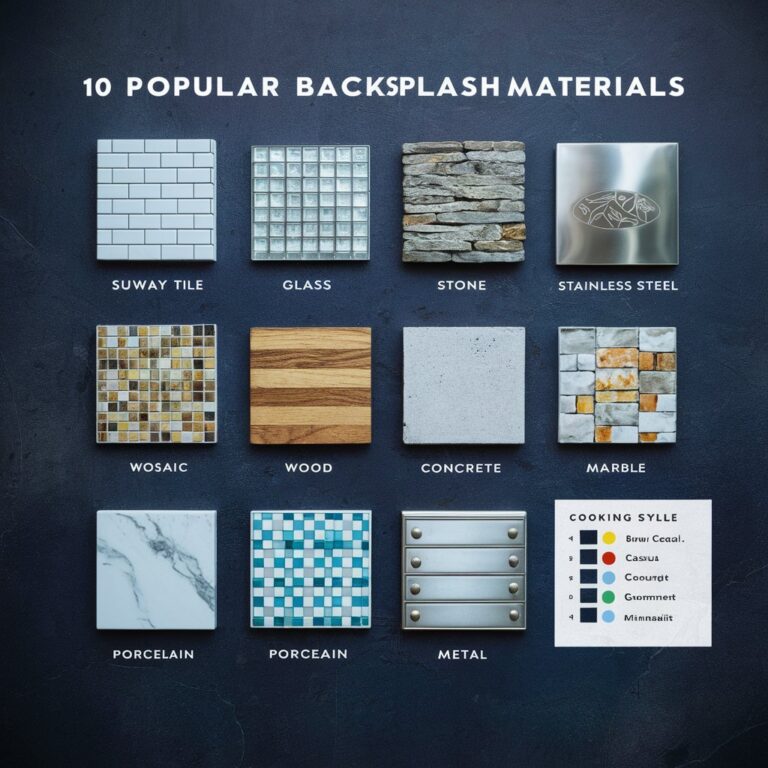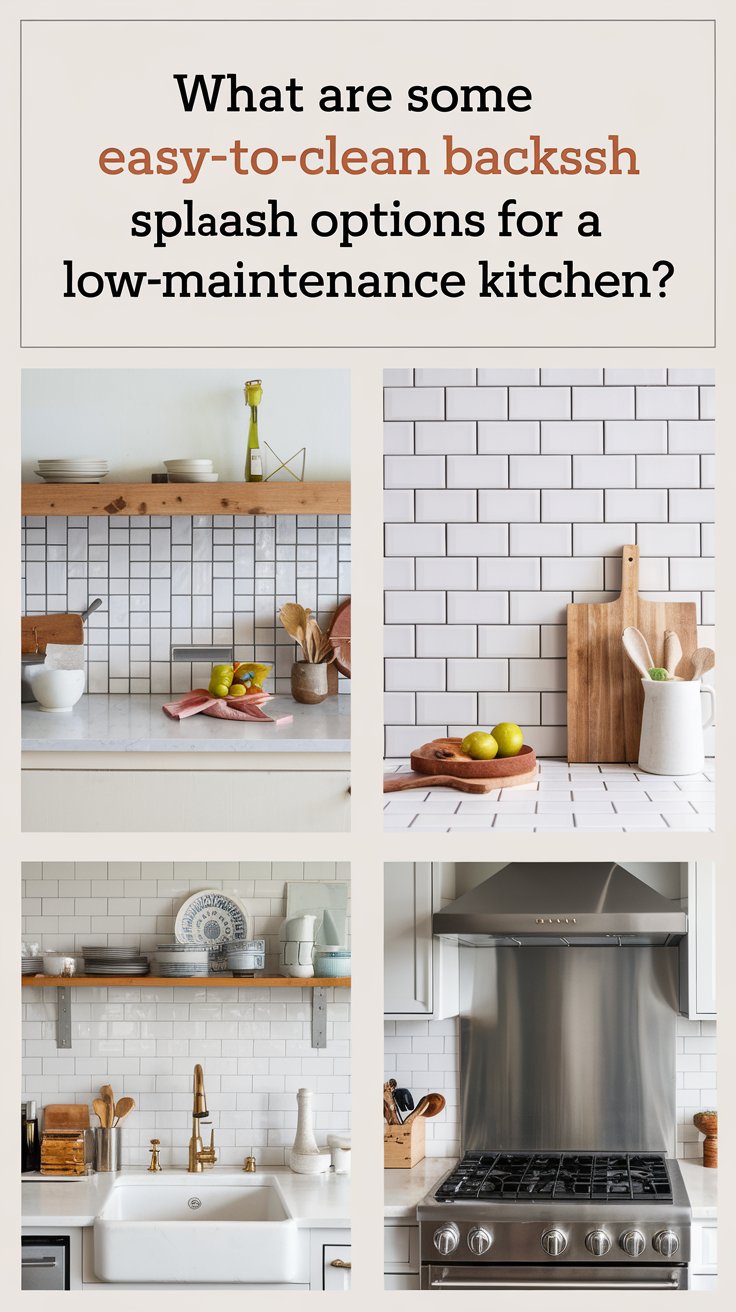Define Your Goals and Priorities
Start by determining your main goals for the kitchen remodel. Is your focus on modernizing appliances, upgrading the cabinetry, or enhancing the layout for better functionality? Knowing your priorities will guide you on where to allocate most of your budget and where you can consider cost-saving options.
- Primary Goal: Are you looking for a full remodel, or do you need specific upgrades (e.g., just cabinets, countertops, or appliances)?
- Scope of Work: Define the extent of the work needed. For example, a minor update may include cosmetic changes like paint, lighting, or hardware, while a major remodel could involve new cabinetry, countertops, and appliances.

2. Estimate the Total Budget Range
Kitchen remodels vary widely in cost. Here’s a general idea of how budgets typically break down:
- Low-End Remodel ($5,000 – $15,000): Suitable for minor updates such as painting, lighting changes, and upgrading low-cost countertops and fixtures. This is typically a DIY-friendly budget.
- Mid-Range Remodel ($15,000 – $35,000): Allows for more extensive upgrades, including semi-custom cabinetry, better countertops, new appliances, and flooring.
- High-End Remodel ($35,000+): Includes premium materials, custom cabinetry, high-end appliances, and possibly reconfiguring the layout.
3. Allocate Funds by Component
To ensure your remodel is comprehensive, divide your budget based on various components of the kitchen. The average allocation breakdown is as follows:
- Cabinetry and Hardware (30-35%): Cabinets are typically one of the biggest expenses, especially if you opt for custom designs. Consider alternatives like semi-custom or ready-to-assemble cabinets to save on costs.
- Installation (15-20%): Installation costs cover labor, which can vary based on your location and the contractor. If you plan on hiring professionals, get multiple quotes to ensure fair pricing.
- Appliances (10-20%): New appliances can make a big impact on functionality. Set aside a portion of your budget here, and look for energy-efficient models to save on long-term utility costs.
- Countertops (10-15%): Countertops add aesthetic appeal and durability. Materials like quartz, granite, and marble are on the higher end, while laminate and butcher block are more budget-friendly options.
- Flooring (5-10%): Durable, easy-to-clean flooring like tile, vinyl, or hardwood is a common choice. Costs vary depending on material, with tile and vinyl generally being more affordable.
- Lighting (5%): Good lighting can enhance the kitchen ambiance. Consider a mix of task lighting, under-cabinet lights, and decorative fixtures within your budget.
- Walls and Ceilings (5%): This includes painting, adding backsplashes, or making any structural changes.
- Miscellaneous/Contingency (10-15%): Always keep a buffer for unexpected expenses, especially if you’re dealing with an older home.

4. Consider Cost-Saving Alternatives
There are ways to achieve a high-quality look without the high price:
- Refacing Cabinets: Instead of replacing cabinets, consider refacing or painting them, which can cut costs significantly.
- Alternative Countertops: While quartz and granite are popular, less expensive options like laminate or butcher block can also be stylish and functional.
- DIY Options: For certain tasks like painting or installing hardware, DIY can save you hundreds, if not thousands, on labor costs.
- Shop Smart for Appliances: Look for appliance deals during sales, consider buying floor models, or even go for refurbished items with warranties to save.
5. Factor in Labor Costs
Labor costs are often the second-largest expense after materials. Labor expenses can vary based on the complexity of the work, the size of your kitchen, and the local cost of living. Hiring skilled contractors might be worth the investment to avoid costly mistakes, especially if the remodel involves plumbing, electrical, or structural changes.

6. Budget for Unexpected Expenses
When remodeling, it’s wise to set aside 10-15% of your total budget for unexpected costs. Common unforeseen expenses include hidden water damage, electrical issues, or outdated plumbing.
7. Breakdown Sample Budget Scenarios
Here are some sample budget breakdowns based on different budget levels for a standard kitchen remodel:
Low-End Budget: $10,000
- Cabinets: $3,000 (refaced or painted)
- Appliances: $2,000 (basic models)
- Countertops: $1,500 (laminate)
- Flooring: $1,000 (vinyl)
- Lighting and Fixtures: $500
- Paint: $300
- Labor: $1,200 (limited professional help)
- Contingency: $500
Mid-Range Budget: $25,000
- Cabinets: $7,000 (semi-custom)
- Appliances: $4,000 (mid-range)
- Countertops: $3,500 (quartz or granite)
- Flooring: $2,500 (tile or vinyl plank)
- Lighting and Fixtures: $1,500
- Backsplash and Paint: $1,000
- Labor: $4,000
- Contingency: $1,500
High-End Budget: $50,000
- Cabinets: $15,000 (custom)
- Appliances: $8,000 (high-end)
- Countertops: $6,500 (premium quartz or marble)
- Flooring: $5,000 (hardwood or premium tile)
- Lighting and Fixtures: $3,500
- Backsplash and Paint: $2,000
- Labor: $7,000 (comprehensive work, including potential structural changes)
- Contingency: $3,000

8. Get Multiple Quotes
To get the best value, obtain at least three quotes from contractors. This gives you a better idea of reasonable pricing for the quality of work you want.
9. Financing Options
If your remodel exceeds your immediate cash flow, financing options are available:
- Home Equity Loans: Typically offer lower interest rates, secured against your home’s value.
- Personal Loans: Unsecured, usually with a higher interest rate but faster to obtain.
- Credit Cards: Suitable for smaller purchases within your budget range.
10. Plan for the Future
A well-planned kitchen remodel should add value to your home and improve functionality. Keep resale value in mind if you plan to sell in the future. Aim for a balance of aesthetics, durability, and practicality to ensure a return on investment.
Final Thoughts
Crafting a realistic budget for your kitchen remodel involves understanding the costs of each component, prioritizing your needs, and exploring cost-saving options. With a well-planned budget, you can transform your kitchen into a space that’s both functional and beautiful, whether you’re doing a modest refresh or a full-scale remodel. Remember, a little flexibility in your budget can go a long way in covering unexpected costs and ensuring a successful remodel that aligns with your vision.







